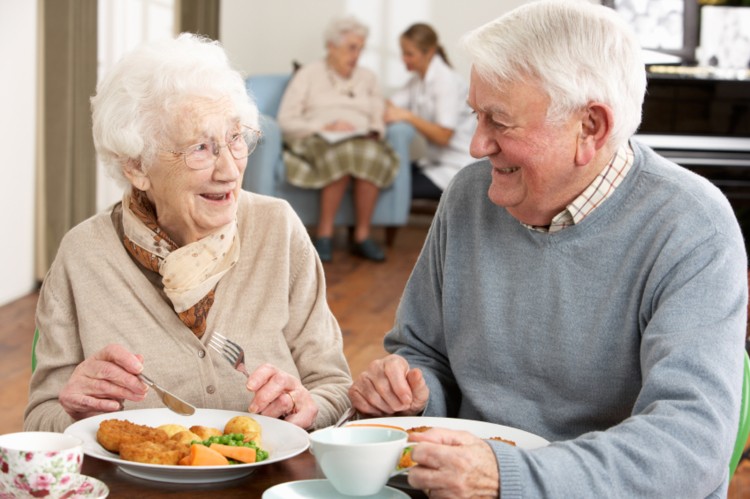
23 Jan Technologies to secure the elderly person
Remote assistance
Teleassistance is generally offered for people living alone at home. It is a necklace or bracelet with an alarm button that transmits information to a receiver installed in the apartment. It allows you to contact a remote monitoring center in case of discomfort. However, this implies that the person does not lose consciousness and remains able to activate the alarm button
Home automation
In the apartment or house, the objective is to improve safety by limiting travel for people with mobility disabilities. The installation of electric roller shutters and all means of remote control of equipment in everyday use. However, for remote controls, it is preferable to use simplified remote controls more adapted to the vision and habits of the senior. There are automatic light regulators that allow the light intensity to adjust to the time of day and the season. This process prevents certain falls due to lack of lighting and stimulates sleep and wakefulness cycles. Heating programming is also easy to set up, with remote control by telephone if required.
Light paths
A light path can be created by distributing LEDs on the way used by the elderly at night. These small lights are switched on when the person gets out of bed. They automatically turn off when you go back to bed. This system can prevent falls during night-time movements.
Sensors
They allow to detect a fast movement and therefore a fall. The sensor connected to a remote monitoring center will immediately give the alert. The center calls the person at home and if there is no answer calls the family or sends help. There are even more sophisticated sensors. When it detects a shock or movement, an alert is sent to the remote assistance center. They can also analyze the person’s movements (non-alarm, fall, no movement, etc.) and transmit them to a secure server. In the event of an abnormal situation, an alert is sent to the family.
Entrance door monitoring systems
They make it possible to check whether a person with significant cognitive problems, with a risk of getting lost on the street, leaves his or her home. For example, there is a door open/close detection system that sends a message by SMS to the chosen referent person.
Geolocation
This memory problem is particularly acute for people with cognitive issues that can lead to the risk of getting lost. There are two systems; the first is to use an application on a smartphone to track in real time the position of one user to the other. The problem is the loss or forgetting of the smartphone before going out. There are also wristband or watch systems with GPS that are more efficient but much more expensive (cost of purchasing the device and subscription).
Technologies to improve everyday life
Many small instruments can help in daily living such as the “intelligent” pill dispenser with alarm and opening in compartments according to the time of day, the simplified telephone with a minimum of keys and large size. We can also offer touch tablets adapted for seniors who are not used to computers.
A key corresponds to an action, often accompanied by a symbol. They allow the person to stay in touch with his or her family and friends at a distance and to exchange by viewing photos or videos, for example.



Sorry, the comment form is closed at this time.